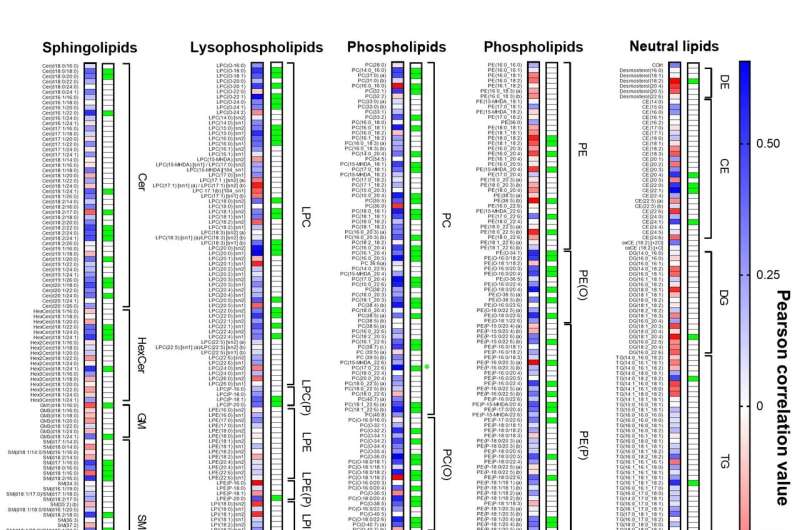Researchers discover key differences between the exercise-trained heart and failing heart

Regular exercise protects patients from heart disease whereas conditions such as high blood pressure can lead to heart failure and Atrial Fibrillation, the most common type of irregular heartbeat.
A study by scientists from Australia's Baker Heart and Diabetes Institute has examined what is happening to the lipids in the heart and circulating blood plasma during exercise compared to a failing heart as a novel way to advance prediction and treatment of heart failure.
This first-of-its-kind study has identified novel lipids in the heart and plasma in a model of exercise compared to heart disease, and found that some of these lipids have potential as new targets for predicting and treating heart failure and Atrial Fibrillation.
With increasing rates of type 2 diabetes and obesity, new prevention, diagnostic and treatment options are critical for heart failure and Atrial Fibrillation.
Heart failure is one of the most costly diseases and is responsible for among the highest rates of hospitalisation. While Atrial fibrillation, which makes the blood flow inside the heart irregular, places an individual at five times the risk of stroke and can be difficult to identify.
The study, published today in Cell Reports, examined nearly 600 lipids in the heart and plasma of exercise-trained mice in comparison to mice with a failing heart.
Led by researcher, Dr. Yow Keat Tham, and senior authors, Associate Professor Julie McMullen and Professor Peter Meikle, they say what is particularly exciting is the discovery of a number of novel lipids with unknown roles in the heart which may represent new biomarkers and/or drug targets for Atrial Fibrillation and heart failure.
"Whilst many studies have described functional, structural and genetic differences of the exercise- trained heart and diseased heart in the quest to advance prevention and treatment, a mechanism largely unexplored is the regulation of lipids," says Dr. Tham.
"Recent advancements in technology however, have allowed for this large-scale profiling work which has opened up an unexplored pathway for the identification of novel biomarkers and drug targets for the failing heart," he says.
"That's why we are excited about this large-scale lipid study which could herald new ways to predict and prevent potentially deadly conditions like heart failure and Atrial Fibrillation."
More information: Yow Keat Tham et al, Lipidomic Profiles of the Heart and Circulation in Response to Exercise versus Cardiac Pathology: A Resource of Potential Biomarkers and Drug Targets, Cell Reports (2018). DOI: 10.1016/j.celrep.2018.08.017





















